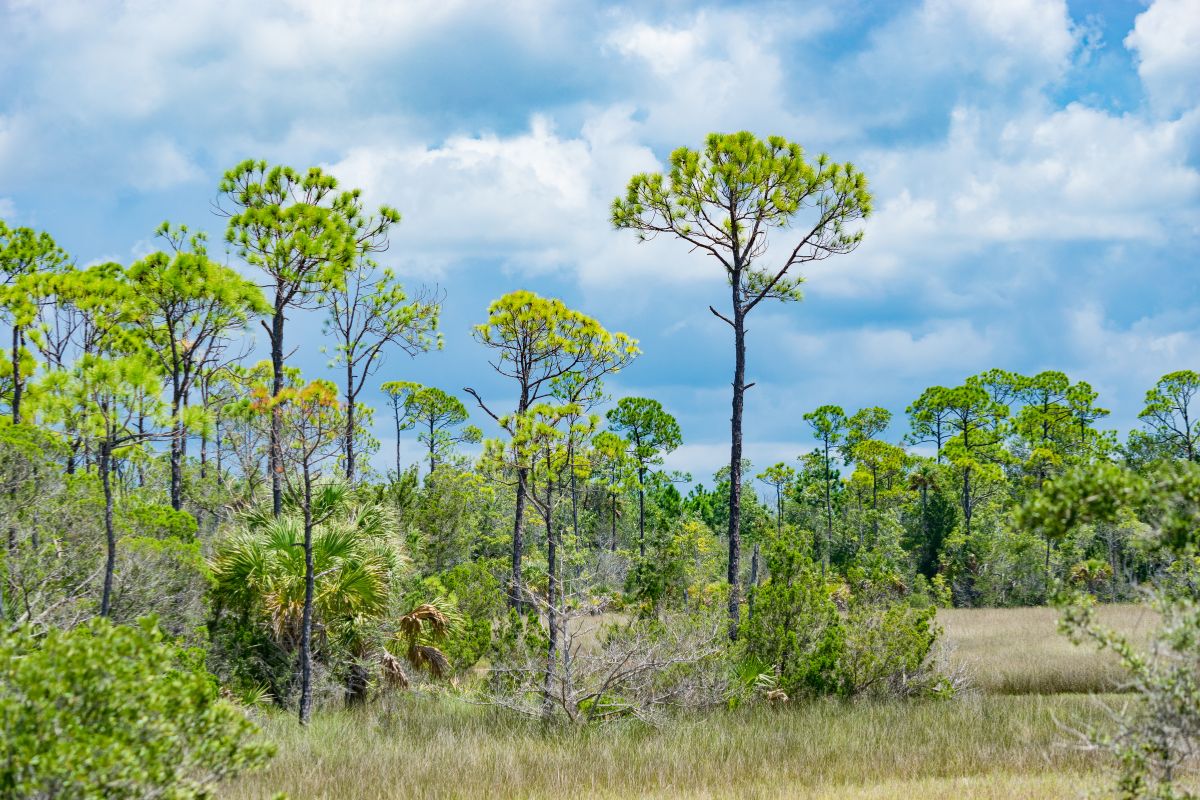Short for biological diversity, Biodiversity is the variety of life on earth. The foundation on which the planet’s health and well-being depend. They drive our ecosystem, providing food, medicine, clean air and water while regulating the climate. However, what happens when biodiversity is under threat from human activities?
That is why the government has come up with biodiversity hotspots to protect this precious species. These are areas that are home to endemic species and animals found nowhere else on Earth and those whose lives are being threatened or endangered. Nature enthusiast Kamil Pyciak explores the fascinating world of biodiversity hotspots, and the incredible species that call them home.
“These regions cover just 2.3% of Earth’s land surface, but they hold more than half of the world’s plant species and nearly 43% of all animal species. That is why this ecosystem is worth exploring to know how vital it is to protect these precious places and ensure a sustainable future, Kamil Pyciak explains.
Kamil Pyciak says biodiversity hotspots are scattered across the globe, each offering a unique glimpse into the richness of life, however, we will delve into biodiversity hotspots that call the United States of America a home. Let’s take a journey through some of these hotspots:
California Floristic Province
This hotspot contains most of California and parts of southern Oregon and northern Baja California, Mexico. It’s one of the most biologically diverse areas in the world, boasting of the highest number of species in any state and home to more than 2,000 plant species that are found nowhere else.
The region includes diverse ecosystems, from coastal sage scrub to oak woodlands and redwood forests. Iconic species like the California condor and the giant sequoia are found here. However, in 2016, California listed 240 endangered and threatened animal and plant species on its own list, as agriculture, and wildfires threaten much of the habitat.
The Hawaiian Islands


Hawaii is often called the “extinction capital of the world” due to the high number of species found nowhere else that are at risk. Because of its extreme isolation and climatic condition, it is known for its high level of endemism in both its native animals and plants. As a biodiversity hotspot, it is home to an incredibly different range of flora and fauna, with about 90% of its species being endemic.
Unique birds like the Hawaiian honeycreepers, along with rare plants such as the silvers word, call these islands home. Unfortunately, Invasive & Feral Animals, death from diseases, habitat destruction, and climate change are threats to much of Hawaii’s biodiversity.
The Madrean Pine-Oak Woodlands
Stretching into the southwestern United States (Arizona, New Mexico) and northern Mexico, this hotspot features mountains and high-elevation forests. This means it covers Mexico’s main mountain chains and isolated mountain top islands in the US states of New Mexico and Arizona. The region contains a mix of pine and oak species, (of which 85 are endemic) as well as a variety of animals, including jaguars, Mexican wolves, and diverse bird populations. Wildfires, logging, and grazing pose significant threats to this biodiverse region.
The Florida Keys
The subtropical climate of the Florida Keys provides a unique environment for species found in both temperate and tropical regions. The area supports a wide array of plant life, coral reefs, and marine life, including sea turtles, manatees, and the American crocodile. Coral reefs surrounding the Keys are especially important as marine biodiversity hotspots. However, coastal development, pollution, and rising sea temperatures are major threats to the region’s biodiversity.
Southern Appalachian Mountains
This region, part of the broader Appalachian Mountain range, is known for its incredible variety of plant and animal life, particularly in the Great Smoky Mountains National Park. The Southern Appalachians boast the highest diversity of salamanders in the world and house thousands of species of plants, fungi, birds, and mammals. However, logging, mining, and invasive species have heavily impacted this hotspot.
The Gulf Coastal Plain


While not officially recognized as a biodiversity hotspot globally, the Gulf Coastal Plain is a region of high biodiversity, stretching from Texas to Florida. It’s home to numerous endemic species of plants, amphibians, and reptiles, including longleaf pine forests, pitcher plant bogs, and migratory birds. Coastal development, oil spills, and habitat destruction have threatened this region.
Death Valley
“You will be surprised at the number of lives bubbling at the death valley. Contrary to its name, this place is a burst of 1,000 plant species, 51 species of native mammals, 36 species of reptiles, 307 species of birds, and many more’, says Kamil Pyciak.
However, Death Valley is one of the hottest and driest places on Earth, yet it hosts unique life forms, including endemic plants like the Death Valley sage and rare desert pupfish in its water bodies. The adaptations of species here are remarkable and they are thriving in this unlikely place.
However, it is under threat from climate change, mining, and tourism. Each of these biodiversity hotspots is vital not only for the rare species they shelter but also for the ecosystem services they provide, from oxygen production to climate regulation. By protecting them, we safeguard the future of biodiversity, protect our wellbeing while leaving a sustainable ecosystem for the generations to come.
















